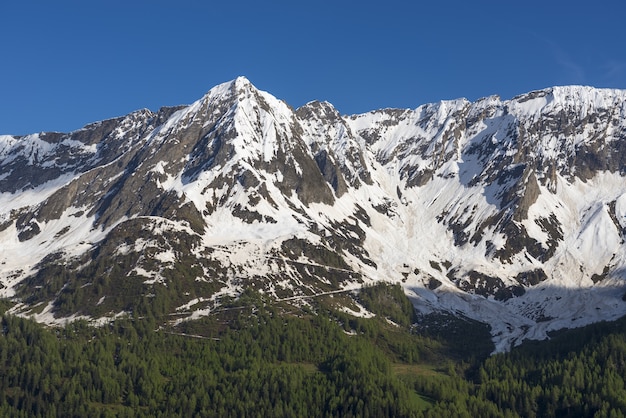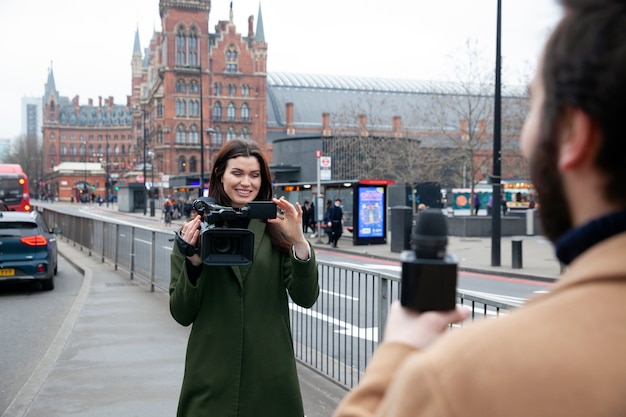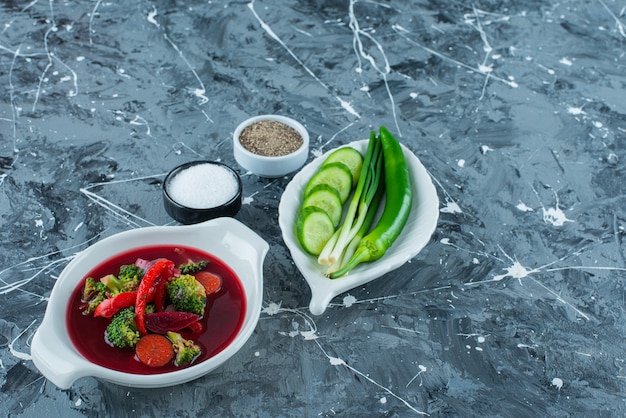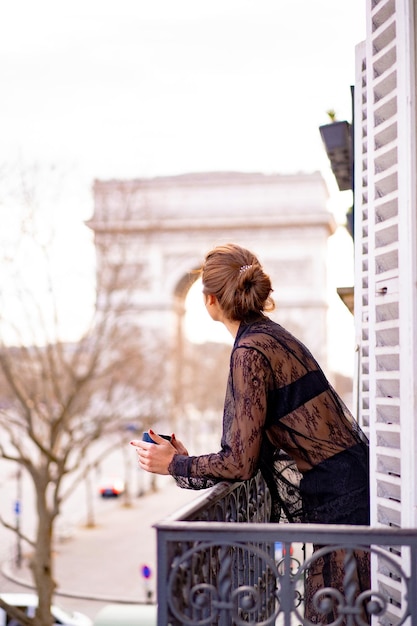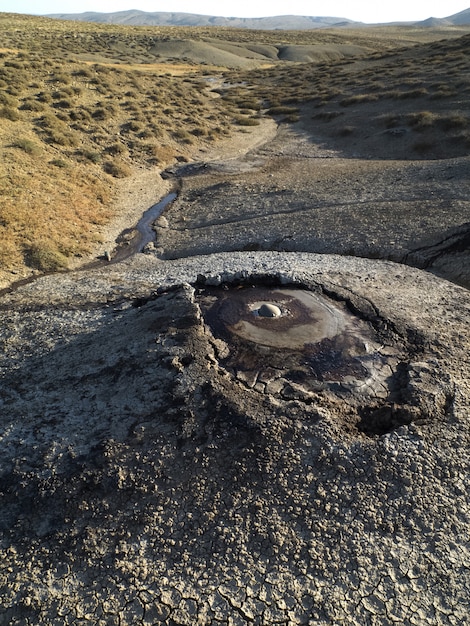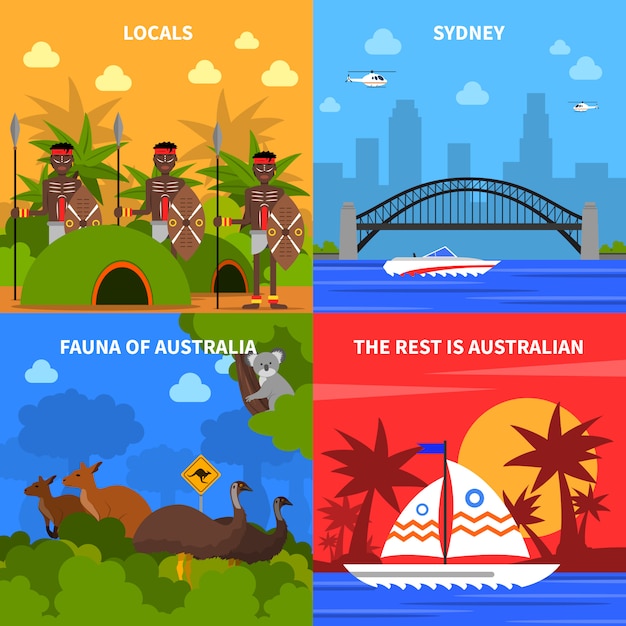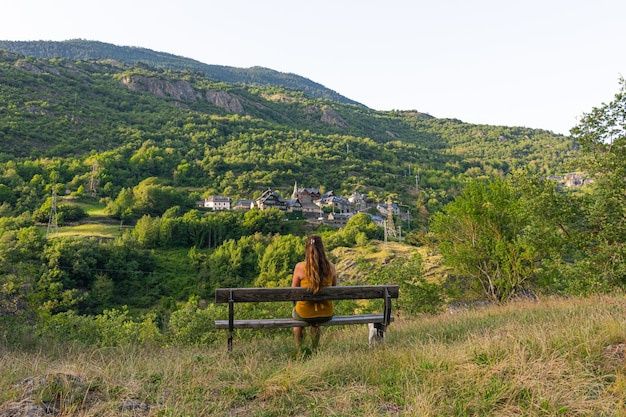
Explore the top activities in Salzburg, Austria, and nearby Lake Wolfgang, highlighted in my podcast. Our journey began with visits to Hangar 7, a unique combination of motor and aeronautical museum and a foodie’s paradise, and the Hohensalzburg Fortress, which offers spectacular views of Salzburg. We also delved into the musical heritage, from Mozart to The Sound of Music.
After a couple of days in Salzburg, we headed to Lake Wolfgang. Along the way, we enjoyed the trick fountains at Schloss Hellbrunn and stayed at the charming Hotel Im Weissen Rössl by the lake. We also took a scenic steam train ride up the mountain for breathtaking views of Lake Wolfgang and the surrounding lakes.
Our first stop in Salzburg was Hangar 7, located at the edge of the Salzburg airfield. This domed hangar houses vintage planes, Formula 1 cars, an art exhibit, and a motor racing game console. We dined at the Mayday bar, famous for its Smart Food, which is both delicious and nutritionally beneficial. The menu options include the Brain Menu, Mood Menu, and Beauty Menu.
The next day, we visited the Hohensalzburg Fortress, ascending via funicular for stunning bird’s-eye views of the city and surrounding countryside. The audio guide revealed the city’s history and how its wealth was built on salt, leading to the fortress’s construction by the Bishops of Salzburg over the centuries. After descending, we joined the Mayday celebrations, enjoying bratwurst and sauerkraut at a beer tent accompanied by a brass band.
We then explored the Mirabell gardens, known for their vibrant tulips and pansies, and a favorite spot for wedding photos. I nostalgically recreated a childhood family photo with my sisters on one of the stone unicorns. Next, we visited Mozart’s Birthplace museum, set in the small apartment where Mozart was born. The museum displays family portraits and information about Mozart’s life, though the rooms offer little insight into the living conditions of his time.
Our final stop in Salzburg was the Museum der Moderne, located atop a cliff with a lift from street level. I enjoyed the Giacometti exhibition and the large outdoor sculptures on the terrace. A local blogger recommended we visit the Steinterrasse on the 7th floor of the Stein Hotel for a great view over Salzburg, where we relaxed with coffee and desserts.
We had dinner at the Sternbräu restaurant, one of Austria’s largest with 14 rooms serving traditional Austrian dishes. I interviewed Johannes Magoy, who recommended dishes like Tafelspitz, Bierfleisch, and desserts such as Salzburger Nockerl and Topfenknödel. Sternbräu also offers a variety of beers, including Stern beer and Weissbier.
Driving out of Salzburg, we stopped at Schloss Hellbrunn, famous for its trick fountains designed to surprise and soak visitors. The park includes a large stone table with water jets, a grotto with a crown fountain symbolizing the rise and fall of power, and a water-powered theater.
We also enjoyed spotting locations from The Sound of Music, filmed in Salzburg, including the pavilion where “I am 16 going on 17” was sung. The Salzburg Card, which we purchased at our hotel, provided free or discounted access to many attractions and public transport, making it a great value for our stay.
At Lake Wolfgang, we joined the Mayday celebration with music, food, and drinks. We stayed at Im Weissen Rössl, a luxurious lakeside hotel with a spa, indoor pool, and lakeside terrace. I interviewed Wolfgang Linsmayer from Hotel Burglstein, who shared the legend of St. Wolfgang and recommended local activities like swimming, hiking, and cycling.
We took a trip up the Schafbergbahn, a steam-powered cogwheel train offering incredible views from the mountain top. Afterward, we enjoyed a final pedalo ride on the lake before heading back to the UK.
Key highlights include:
– **Hangar 7:** A free-entry motor and aeronautical museum and foodie destination.
– **Hohensalzburg Fortress:** Overlooking Salzburg, built by the Prince Archbishops.
– **Museum der Moderne:** Salzburg’s Museum of Modern Art.
– **Steinterrasse:** A terrace café at Hotel Stein with stunning city views.
– **Sternbräu Restaurant:** Offering traditional Austrian dishes in a historic setting.
– **Hotel Zur Post:** Our comfortable stay in Salzburg.
– **Schloss Hellbrunn:** Known for its entertaining trick fountains.
– **Im Weissen Rössl:** A luxury hotel on Lake Wolfgang.
– **Hotel Burglstein:** A 4-star hotel by Wolfgangsee.
– **Schafbergbahn:** A scenic steam train ride.
– **Salt mines at Hallstatt and Ice Caves at Werfen:** Fascinating nearby attractions.
– **Salzburg Card:** Provides free or discounted access to major attractions and public transport.
